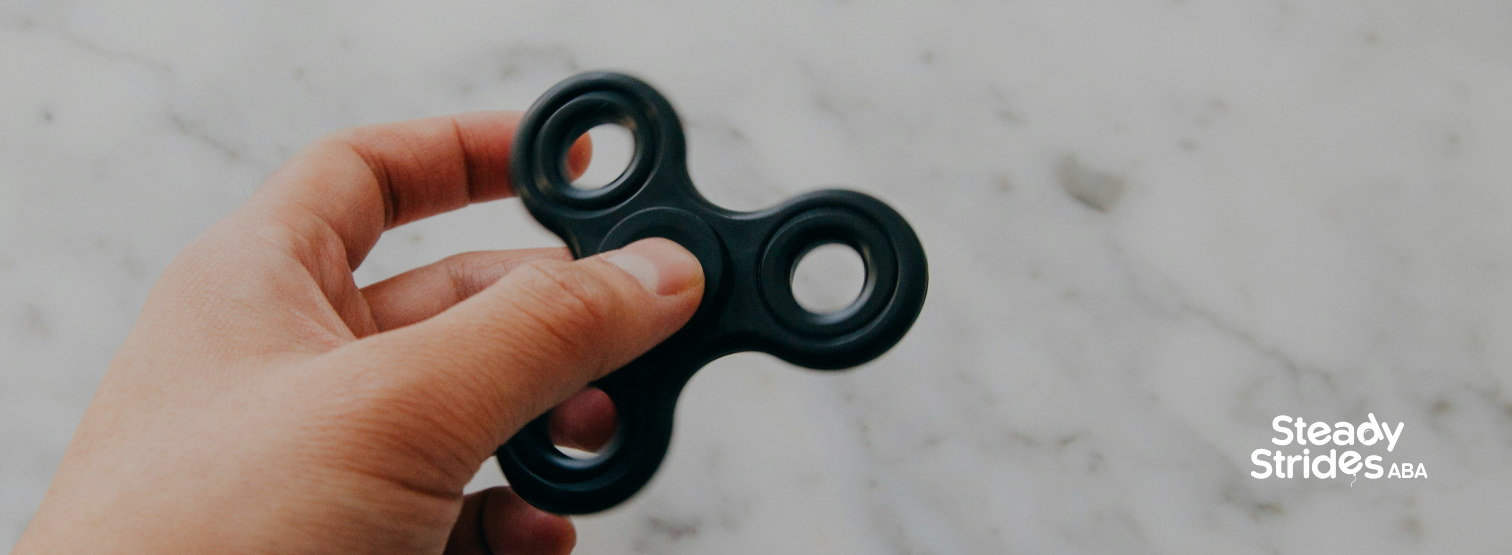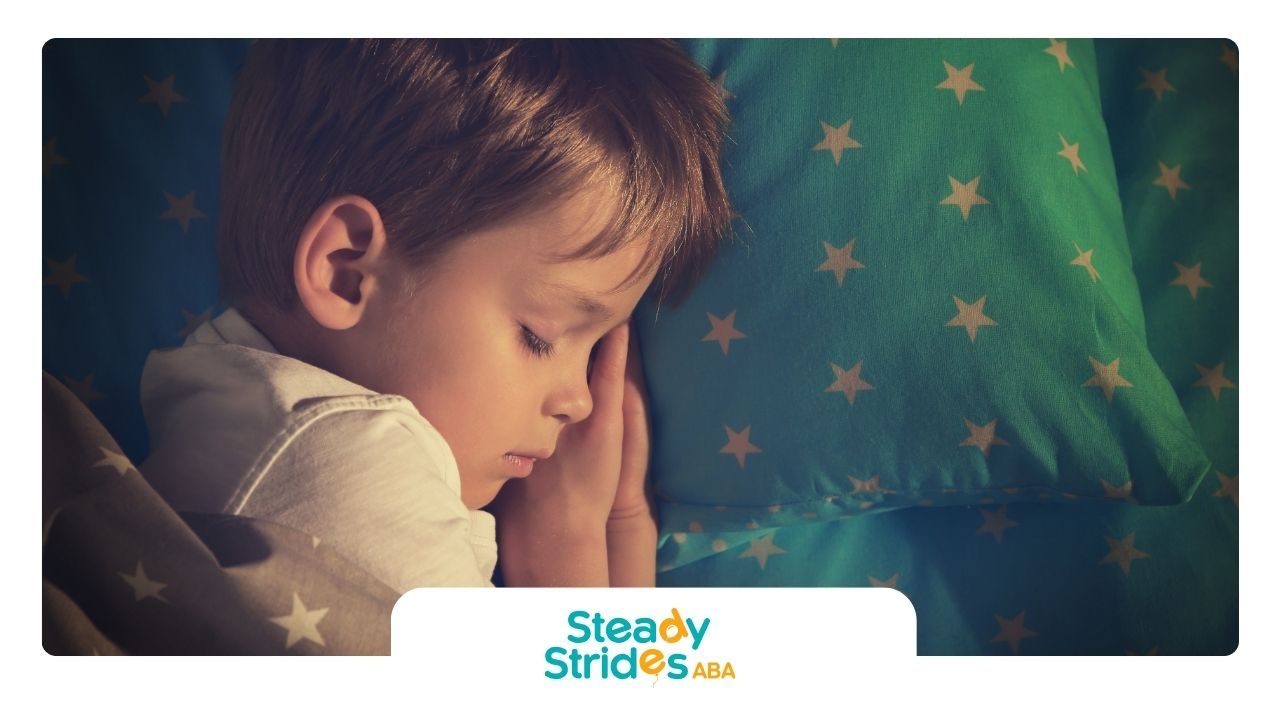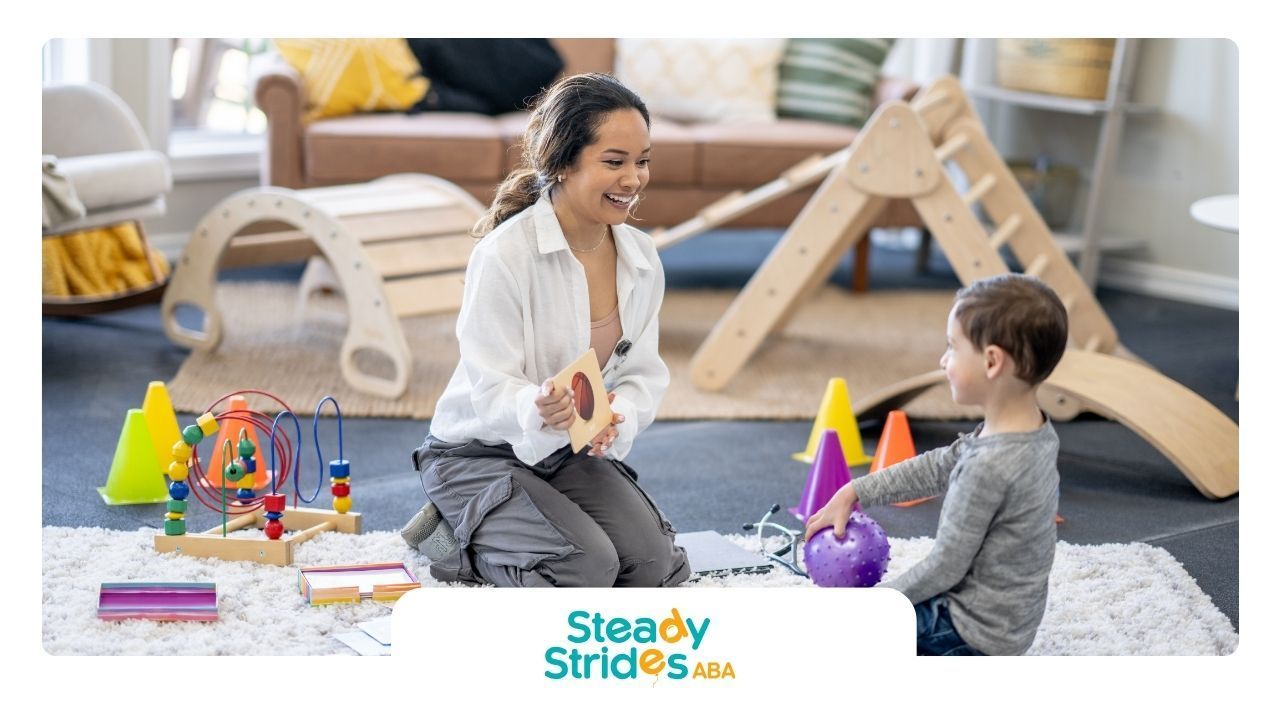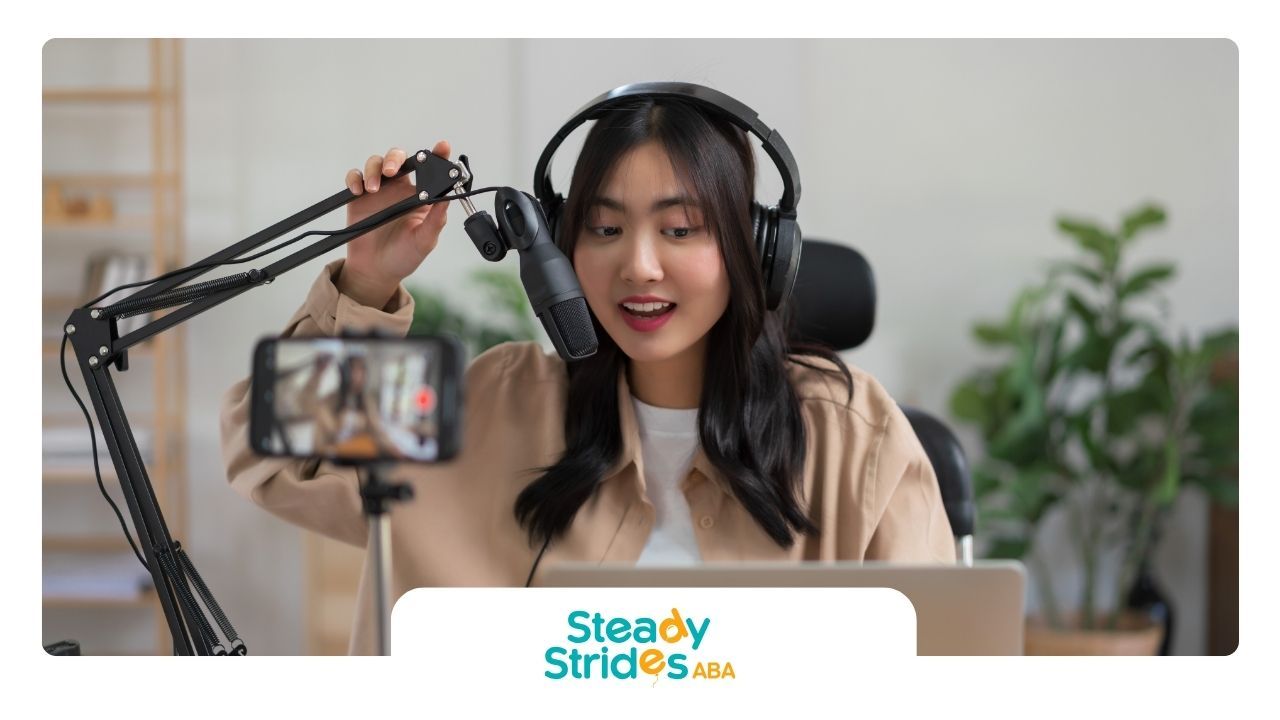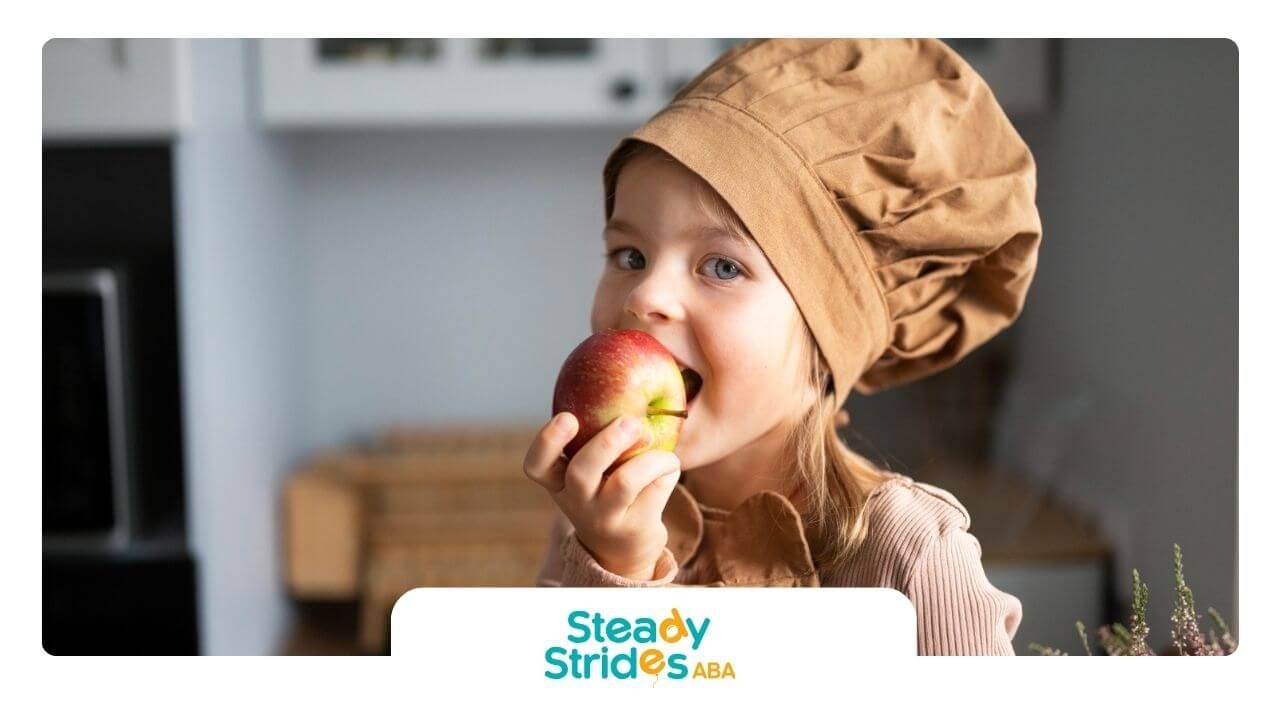Autistic adults often perceive the world differently, with varying degrees of sensory processing. Some might find certain textures, sounds, or visuals overwhelming, while others might seek these inputs for comfort or stimulation. It's important to respect these sensory preferences when picking fidget toys.
Preferences can also extend to social interaction, routine, and the need for predictability. Fidget toys for autistic adults can serve as a personal tool for managing these needs, providing a sense of control and security in their environment.
Benefits of Fidget Toys for Autistic Adults
While items like noise-canceling headphones or art supplies can be both fun and useful, fidget toys can be especially impactful for autistic adults, offering advantages that go beyond mere entertainment. These include:
- Sensory Regulation: Fidget toys can help manage sensory overload by providing an outlet for excess energy or anxiety.
- Focus and Concentration: Using a fidget toy can improve concentration on tasks by channeling fidgety behavior productively.
- Stress Reduction: The repetitive motion of fidget toys can have a calming effect, reducing stress and promoting relaxation.
- Improving Fine Motor Skills: Regular use of certain fidget toys can enhance dexterity and hand-eye coordination.
Types of Fidget Toys
Fidget toys come in all shapes and sizes, catering to different sensory needs. For autistic adults, these gadgets are more than just fun—they're essential tools for managing sensory overload and staying focused. Let's break down the different types of fidget toys that can make a real difference.
Tactile Fidget Toys
Tactile fidget toys are all about touch and feel. They can be anything from textured balls to bendy strings or oddly-shaped objects you can twist and turn. These toys are great for calming nerves and keeping your hands busy during long tasks.
Visual Stimulation Fidget Toys
Visual fidget toys are designed to catch your eye and soothe your mind. Think liquid timers, colorful spinning tops, or light-up toys that change colors. These toys help shift focus from overwhelming surroundings to a single, calming visual.
Noiseless Fidget Toys
Noiseless fidget toys are perfect for those who are sensitive to sound or need to keep things quiet. These can be silicone poppers, magnetic rings, or soft fabrics that you can fiddle with silently. They offer a discreet way to manage restlessness or anxiety without making a peep.
Fidget toys for autistic adults come in a variety of forms to suit different needs and preferences. Whether you're looking for something to touch, watch, or quietly manipulate, there's a fidget toy out there that can help you stay calm and focused.
Things to Consider
Picking the right fidget toys for autistic adults isn't just about grabbing the first thing you see. You have to think about how useful, safe, and effective they are. The goal is to find toys that meet their unique needs and actually help without causing any issues.
Toughness and Safety
These toys need to be built to last. They should be made from high-quality stuff that can take a beating. Safety is just as important. No sharp bits, no tiny parts that can come off, and definitely no toxic materials.
Sensory Likes and Dislikes
Some people like things they can touch, others like things they can look at, and some need something that gives them a bit of both. Knowing what they like can make a big difference.
Easy to Carry and Use
The best fidget toy is one you can take anywhere and use anytime. It should be small enough to fit in a pocket or bag and light enough to carry around. Plus, it should be easy to use without needing a manual.
By thinking about toughness, safety, sensory likes and dislikes, and how easy it is to carry and use, you can find the perfect fidget toy. These toys can be a great help for autistic adults looking for a bit of comfort and calm in their day-to-day lives.
Exploring Fidget Toys
Fidget toys can be a game-changer for autistic adults, helping manage sensory needs and cut down on anxiety. These toys come in all shapes and sizes, each catering to different preferences and sensory cravings. Let's break down spinners and rotating toys, squishy and squeezy toys, and texture and shape-based toys.
Spinners and Rotating Toys
Spinners and rotating toys are all about that smooth, continuous movement. They're usually pocket-sized, making them easy to carry around for a quick calming fix.
These toys can boost concentration and offer a subtle way to manage restlessness. For autistic adults, the predictable motion can be super soothing.
Squishy and Squeezy Toys
Squishy and squeezy toys are perfect for those who need to feel some pressure and resistance. You can squeeze or shape them, which helps release tension.
They come in different textures, from smooth to bumpy, and are great for stress relief. For those who love tactile input, these toys offer comforting sensory feedback.
Texture and Shape-based Toys
Texture and shape-based toys cater to a wide range of sensory preferences. They can have different surfaces, from bumpy to soft, and interesting shapes that you can twist, bend, or examine.
These toys offer a chance for sensory exploration and can be particularly engaging for those who find comfort in tactile diversity. Handling these toys can bring a sense of peace and focus, which is especially helpful in managing sensory challenges.
Adding fidget toys to daily routines can be a powerful way for autistic adults to find comfort and calm. With so many options out there, it's easy to find toys that fit individual needs and preferences, making a positive impact on overall well-being.
DIY Fidget Toys
Making your own fidget toys at home adds a personal touch to something that can bring comfort and focus to autistic adults. These homemade gadgets can be customized to fit individual likes and needs, offering a sense of ownership that store-bought options often lack.
Why Make Your Own Fidget Toys?
Homemade fidget toys come with a bunch of perks, especially for autistic adults:
- Personalized Fit: You can tweak them to match specific sensory preferences, like texture, weight, and flexibility.
- Budget-Friendly: Making fidget toys at home is usually cheaper than buying them.
- Therapeutic Fun: The act of making the toys can be calming and enjoyable.
- Family Bonding: It’s a great way for families and caregivers to spend time together.
- Eco-Friendly: DIY options let you recycle materials, making it a green choice.
Easy DIY Fidget Toy Ideas
You can whip up some simple and effective fidget toys with stuff you probably already have at home. Here are some ideas:
Beaded Bracelets or Necklaces:
- What You Need: String, beads with different textures, a clasp
- How to Make: String the beads onto the string and secure with the clasp.
Stress Balls:
- What You Need: Balloons, flour or rice, funnel
- How to Make: Use the funnel to fill a balloon with flour or rice, then tie the end.
Textured Squares:
- What You Need: Fabric scraps with different textures, scissors, sewing kit or fabric glue
- How to Make: Cut the fabric into squares and either sew or glue the edges to prevent fraying.
Fidget Keychain:
- What You Need: Key ring, ribbon or sturdy string, beads or textured items
- How to Make: Secure the items onto the key ring using the ribbon or string.
Sensory Bottles:
- What You Need: Clear plastic bottles, water, glitter or small objects, food coloring, glue
- How to Make: Fill the bottle with water, add glitter or objects and food coloring, then glue the cap shut.
Autistic adults can really benefit from fidget toys that cater to their unique sensory needs. DIY fidget toys not only provide these benefits but also offer a chance for creativity and self-expression. By adding these homemade solutions into their routines, autistic adults can enjoy the calming and focusing effects of fidget toys made just for them.
Conclusion
Fidget toys are more than just playful gadgets; they are powerful tools that can significantly enhance the lives of autistic adults by helping them manage sensory needs, reduce stress, and improve focus.
By carefully selecting and incorporating the right fidget toys into daily routines, families and caregivers can provide valuable support and create a calming, structured environment for their loved ones.
At Steady Strides ABA, we understand the unique challenges faced by autistic individuals and offer tailored ABA therapy programs designed to foster growth and development. Our experienced team provides a supportive and inclusive environment, helping clients achieve their full potential through personalized strategies and interventions.
Reach out to us today!
FAQs
What are some everyday examples of fidget toys for autistic adults?
Common fidget toys for autistic adults include textured balls, silicone poppers, spinning tops, and sensory bottles. These toys provide tactile, visual, and auditory stimulation, helping to manage sensory needs.
How do I choose the right fidget toy for an autistic adult?
Consider the individual's sensory preferences, such as texture, sound, and visual appeal. Also, ensure the toy is durable, safe, and easy to carry and use. Understanding these preferences can help in selecting the most effective fidget toy.

